The Formica hell of a service station can ruin a bank holiday jaunt. But fear not: dotted around the motorway exits of Britain are some architectural gems to lift the spirits of even the most jaded driver. Gus Alexander enjoys some truly welcome breaks
My heart sinks whenever I realise we’re going to have to stop at the motorway services. Particularly if we have to eat something.
The pervading smell of vinegar and chip fat, the acres of Formica and neon, and those chairs that look like bionic spiders – they all serve to confirm the 30 minutes of nastiness one is about to endure. And, despite being the most easily serviced of any catering arrangement in the UK, everything contrives to be not only five days old but horrifically expensive. The culinary nightmare that is slow fast food.
With motorway service stations you know exactly what to expect: there’s not one shred of individuality in the whole thing. With some forward planning, however, a break in your long haul to your bank-holiday paradise can be turned into something positive. If you go slightly further off the main road, that is…
The last castle
Anyone heading for Cornwall is bound to find themselves leaving the M5 and heading across the moors on the A30. Now, Jamaica Inn is a cosmically unpleasant charabanc nightmare, but a few miles before it is a turning off to Chagford where you can find the extraordinary Castle Drogo. Built by Sir Edwin Lutyens before and after the First World War this is probably the last castle to be built anywhere. It is in a fabulously dramatic setting, perched high on a granite cliff overlooking Dartmoor, and is small enough to get around in 45 minutes and still have lots to come back to on the way back. Lutyens is a master of witty detail. Here there are the teak sinks (to save chipping the very posh crockery), the 18m-high newel post at the end of the stairs and the purpose-made vegetable drawers in the kitchen. If you can’t face the house there is always the garden, which varies from wilderness to croquet lawn in a symphony of horticultural control, and there’s a good visitors centre.
I don’t want to go to Chieveley …
Chieveley service station on the M4 is pretty desperate, but exit 14 will take you to the Pheasant Inn at Shefford Woodlands, in the time it would take you to circle the Chieveley car park. This is Berkshire racing country – there are lots of horses around and it feels like you’re nowhere near a motorway. It used to do good food too.
A little further is the Dundas Arms on the canal at Kintbury. It was built in the early 19th century by the Admiral Dundas for the workers on his Kennet and Avon canal, so you’ve got the Kennet canal on one side, the Avon on the other and ducks all around you.
Slightly more cultural, Lydiard Tregoze at exit 16 has the remains of a mansion and the church that has the original of the Golden Warrior as seen on so many Christmas cards.
A service station, medieval-style
It is always good to head for places where everything is so wonderful that you don’t have to search for anything in particular. Peel yourself off the A1(M) in Lincolnshire and make for the George Inn at Stamford and you find yourself in a delicious part-medieval part-Georgian town where all the buildings meld seamlessly into each other with the George in the middle. A former coaching inn and now a very comfortable hotel, it defies you to walk past it without nipping in to soak up a bit of atmosphere and a glass of something. Like many buildings of the time, this is an agglomeration of structures that now fit together as though part of an original harmonious design, whereas in fact they were probably all built for different people and at different times. Try explaining that to the planners now.
The giant of the Fens
Nobody ever drives through East Anglia by accident, but if you are heading for the seaside it is easy to get off the M11 to Ely. Most European cathedrals are amazing, and the longer I have tried to earn a living in this industry the more amazing they seem. As the town of Ely is very small, you’ll find yourself at the cathedral in no time. Approaching on foot, the visitor has the full effect of a colossal structure surrounded by otherwise tiny buildings. The crowning glory is the octagonal lantern.
Why a small wool town in the damp Fens should have the wherewithal to seek and achieve such a structure is hard to imagine. The slender stone supports 20m up in the air here were made by people in a culture that barely had nails.
Not just any old iron
We take steel bridges and buildings for granted, but there had to be a first attempt, and off exit 4 of the M54, you can see it at Ironbridge. I met a sprightly great grandmother the other day who was at the opening of the Millennium ‘Wobbly’ Bridge. She told me the movement was so violent that they would have needed a permanent fleet of ambulances to cart everyone off to the orthopaedic unit. No chance of this at Ironbridge – what you see is what you get. Like many iconic structures it’s smaller than you imagined, but very lovely. The reflection in the Severn below is almost a perfect circle.
Though structural engineers may tut-tut at the excessive amount of bracing, it is not bad for a first effort.
For the grown-ups
Further north is the Yorkshire Sculpture Park, two miles off the M1. It’s quite formal and grown up. There are some Henry Moores, it’s not wacky or experimental. It’s very near the motorway and very well organised, and it makes a culturally refreshing break.
A treasure in the woods
South of Glasgow, off the M77, you find the Burrell Collection. I think this is almost the nicest gallery in the UK. The competition for the building was won by my first year tutors, John Meunier, Barry Gasson and Brit Andresen, so it is not very old as museums go. It is a low-key brick and glass building with a Scandinavian feel, built in a fabulous wooded setting, and you don’t have to look at anything in particular.
Part of the joy of it is that many of the artefacts collected by ship owner Sir William Burrell are fragments of old buildings that have been built into the fabric of the new one: not only a pair of 12th century stone window surrounds rescued from Normandy, but an entire medieval dining room salvaged from a half-timbered house in Chester.




















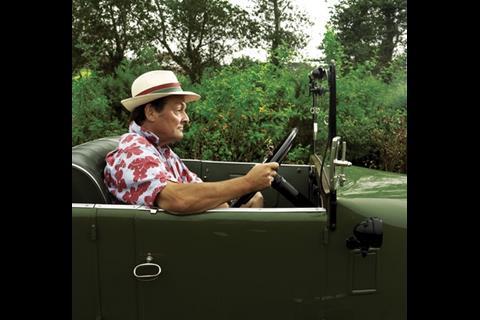
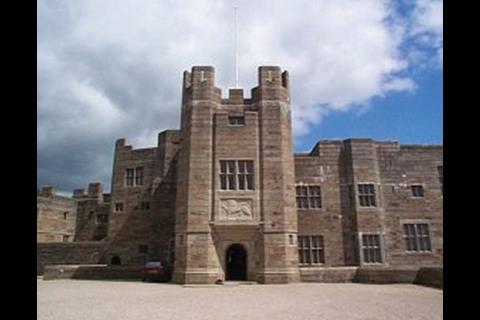
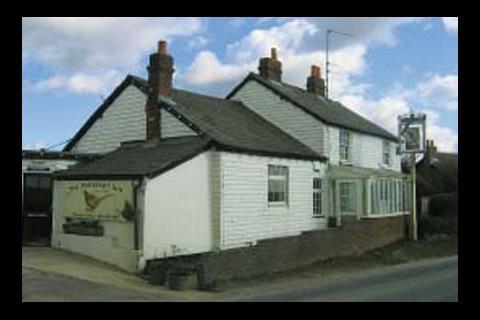
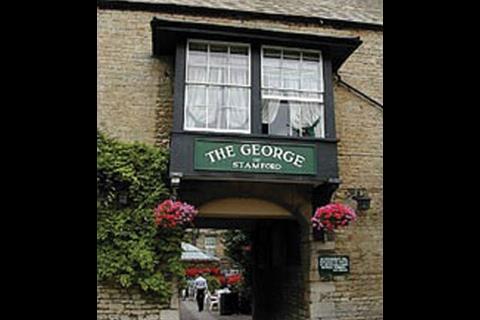
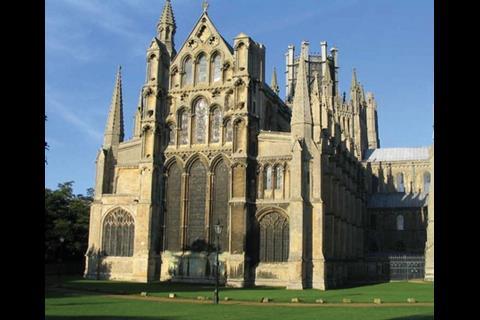

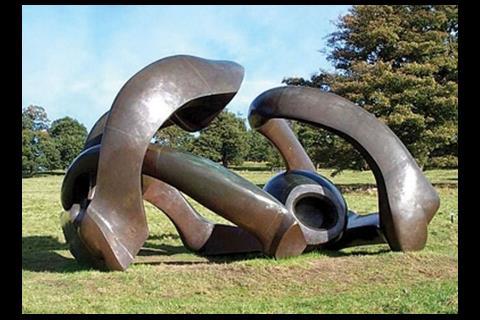
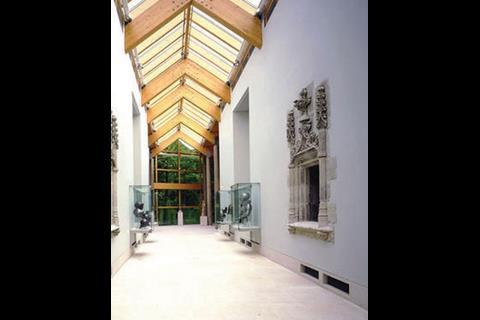




No comments yet